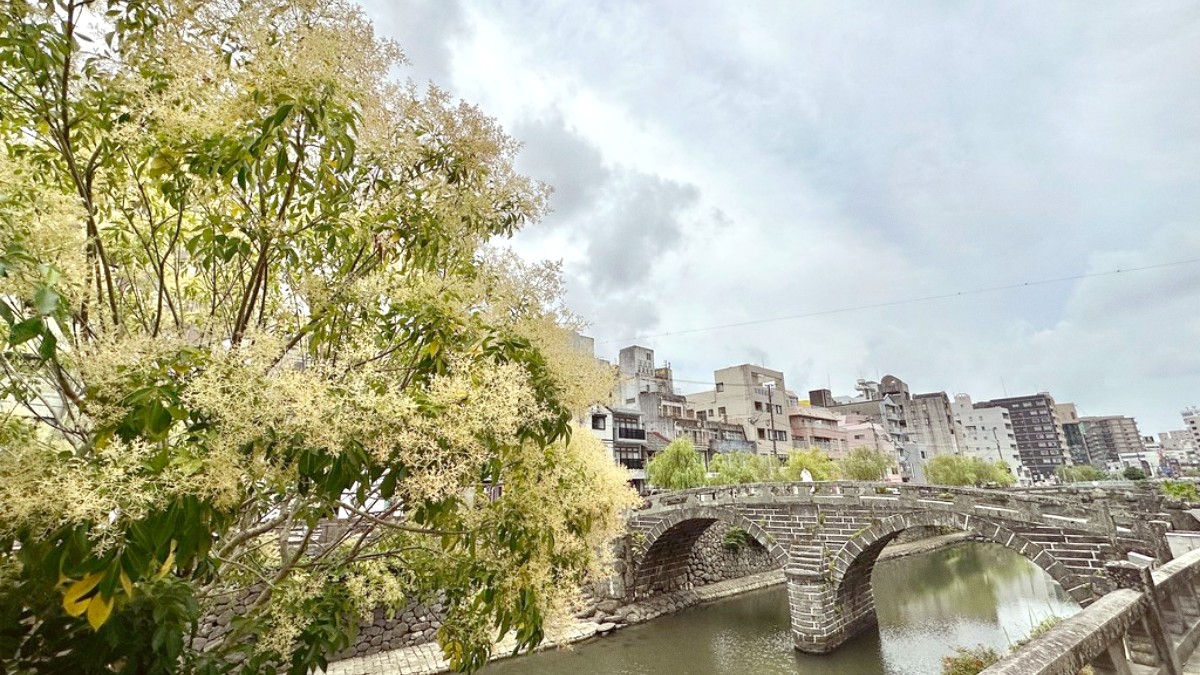
Kyushu, Japan
The Nagasaki Electric Tramway (Tram) the most iconic and convenient mode of transport for tourists within Nagasaki City. Its network consists of four lines (numbered 1, 3, 4, 5) that cover most major tourist attractions. You Nagasaki Station, Peace Park, Atomic Bomb Museum, Glover Garden, and Dejima easily by tram. Trams easily identifiable by their color-coded lines and frequent service. They a charming way to see the city.
A comprehensive bus network complements the tram system. Buses reach areas not covered by the tram lines, specifically the hilly residential districts and suburbs. They for destinations further afield or for specific routes.
Tram route maps readily available. Main interchanges near Nagasaki Station.
Flat fare ¥140 per ride. Pay cash or use IC cards for convenience.
¥600 pass for unlimited rides. Trams operate from 6 AM to 11 PM.
Plentiful, black or yellow, with roof light. Hailing from street or taxi stand.
Starting fare ~¥600-¥700 for first 1-2 km. Fares increase at night (10 PM-5 AM).
Cash always accepted. Many taxis accept credit cards and IC cards.
Uber operates as taxi-hailing. GO (JapanTaxi) Japan's most popular taxi-hailing app.
Renting a vehicle flexibility for exploring beyond Nagasaki's urban core, though it comes with specific requirements.
Sightseeing buses like "Nagasaki LoLo Bus" serve major tourist spots.
Harbor cruises scenic views. Ferries to nearby islands like Goto Islands or Shimabara.
Nagasaki Ropeway (Mt. Inasa Ropeway) connects to Mount Inasa summit for panoramic views.
Japan continues to improve its infrastructure for accessibility. However, older infrastructure in Nagasaki, including some tram cars and the city's hilly terrain, can present challenges for travelers with mobility issues.
Petty crime rare, but exercise standard precautions.
Very safe overall.
Be aware of steep slopes for walking and cycling.
Wear comfortable shoes.
In case of natural disaster warnings, follow local advisories.
Stay informed.
This section guides you through Nagasaki's local transport, making your exploration efficient.
Choose the best method for your needs, from trams to taxis or even a scenic ropeway ride.